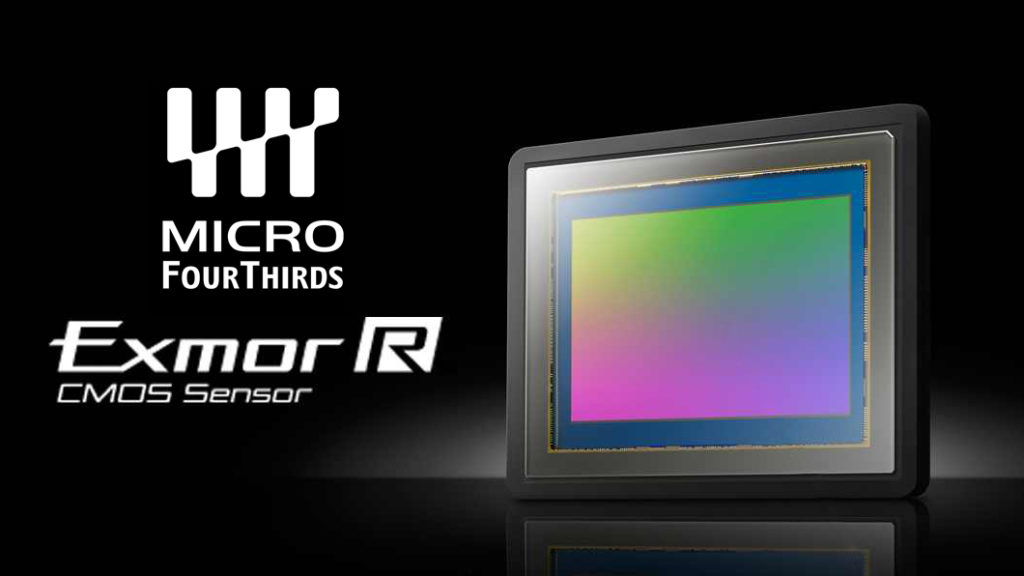Sony has released some white paper specs on a new Micro 4/3rds sensor that is as of now, the most advanced ever on the format considering the mix of Backside illumination, Stacked technology and high resolution color at 10 bits … Continue Reading ››
Tag Archives: IMX
SONY IMX586 Stacked Sensor 48MP and High Frame Rates!
Sony has released specs for a new IMX Cellphone oriented sensor that has a whopping 48 Megapixel photosite grid with a new Bayer altered pattern of quad pixel colors that aims to quadruple the dynamic range of the signal and increase detail retention significantly by supersampling every … Continue Reading ››


